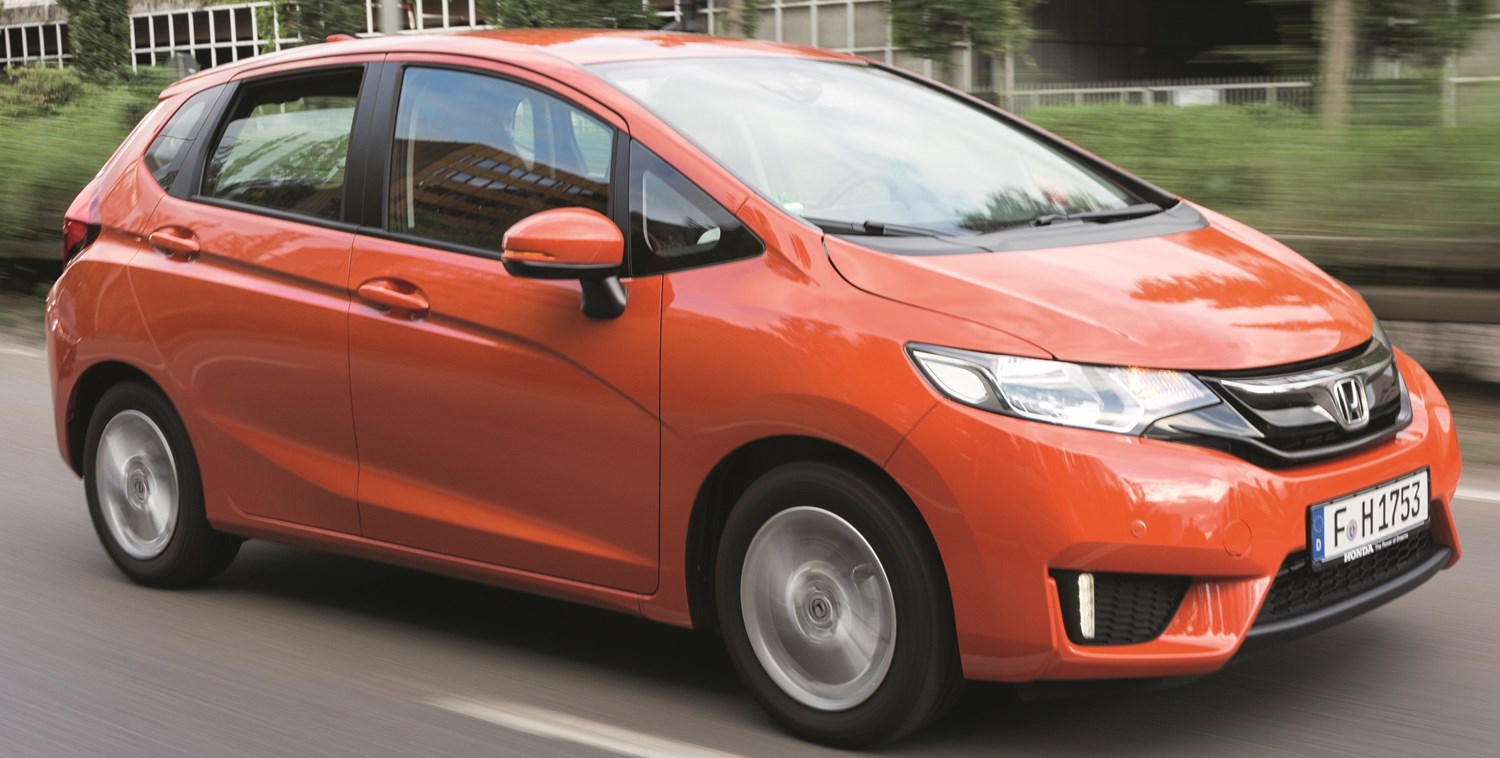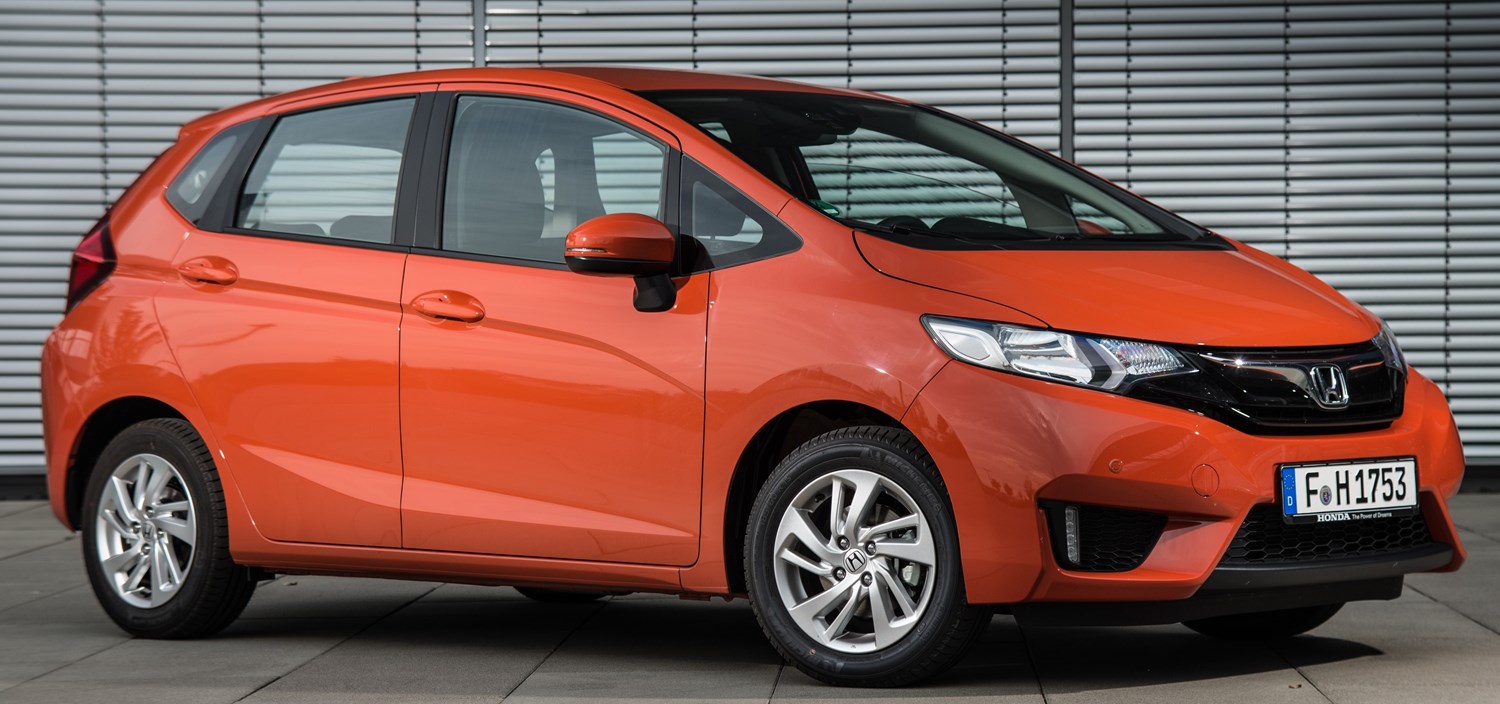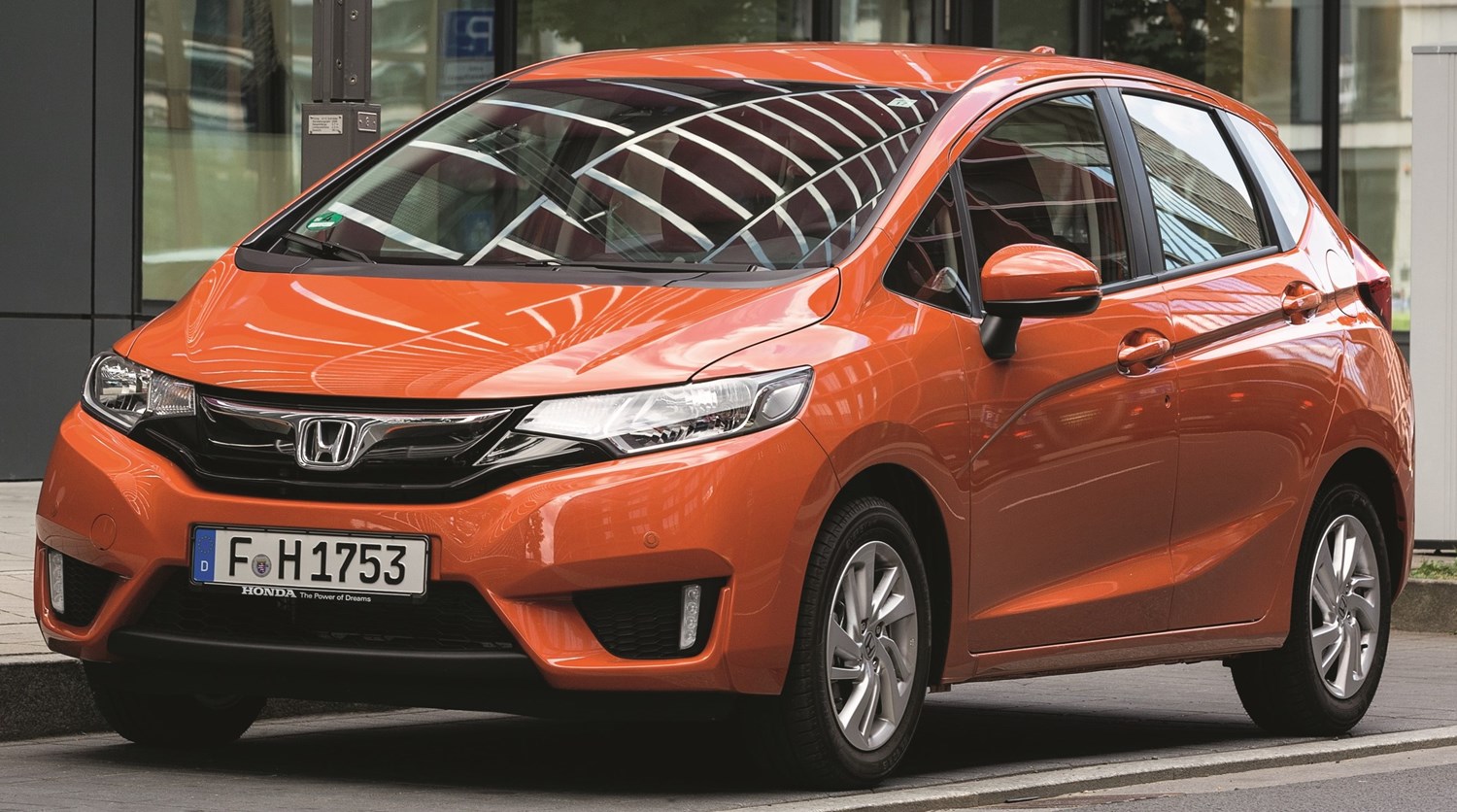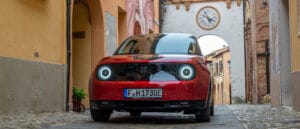Latest model
As mentioned, the latest Jazz was introduced in 2015. With it came just one engine choice – a 1.3-litre VTEC petrol, available with either a six-speed manual or CVT automatic gearbox. It’s a very efficient unit, able to offer up to 56.5mpg combined, and emissions of 116g/km CO2.
Even base ‘S’ specification cars get cruise control, Bluetooth connectivity and Honda’s clever ‘Magic Seats’ – this system allows the rear seats to fold down, allowing taller items to fit in the back easily. Top-spec cars get touches such as Honda’s connect infotainment system, as well as practical features like a rear view camera and front and rear parking sensors.
Moving forward from the original Jazz’s hard-wearing interior, the new car’s cockpit features more high-end materials designed to bring the compact car into line with rivals. However, an aspect from the original Jazz that does remain is its user-friendliness.
All of the interior switches and dials are within easy reach of the driver, making it simple to adjust the car’s settings. They’re also sturdily designed, and should hold up to all manner of daily abuse.
In all, the new Jazz is a well-rounded and smartly finished small car – albeit one that can’t entirely keep up with rivals in terms of dynamics.
Value for money
Prices for the new Honda Jazz start at £13,645, and for this you get a car in ‘S’ specification. Fitted with a 1.3-litre engine coupled to a six-speed manual gearbox, it comes with cruise control, Bluetooth connectivity a DAB digital radio. However, there are some attractive examples of the Jazz on the used market too.
For instance, a 2010 model Jazz, in ES trim with just under 23,500 miles on the clock costs around £5,850. It still comes with air conditioning, front electric windows and steering wheel-mounted audio controls.
It’s a well-specced example for sure, but there are plenty others like it currently on the market. Ensuring that they are well-maintained is paramount, as well looked after examples will do better both in terms of longevity and also re-sale values.
Looks and image
There’s something that everyone knows but few people mention, and that is regarding the Jazz’s popularity with those people of an older generation. It’s understandable, the Jazz is easy to drive, easy to access and, because they’ve always been available with an automatic gearbox, easy to change gear in too. It could be why it’s not had as much success with a younger audience as other cars in the segment, too.
However, the Jazz remains a well-styled small car. As mentioned earlier, the latest model was introduced in 2015, meaning that used examples still remain limited in number. Quality remains the car’s trademark, as does reliability. It’s the latter that rings true of almost all current Honda cars.
Very early cars struggled with an overly firm ride, making it uncomfortable drive on longer journeys. However, this was address in 2003, so if you’re after a small car with a lot of ride comfort, then it’s best opting for a Jazz built after this date.





